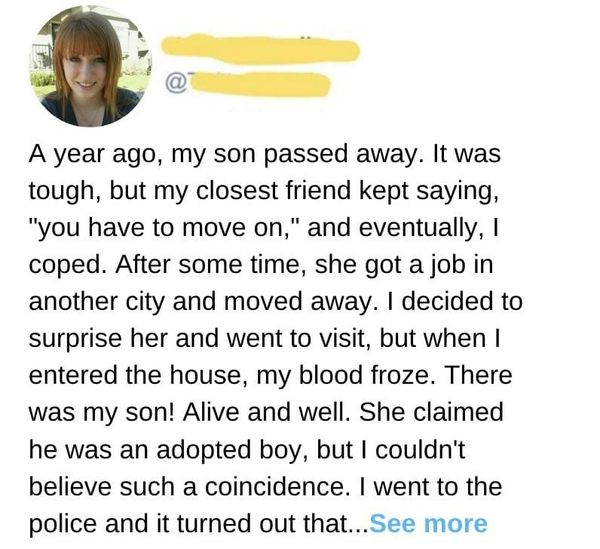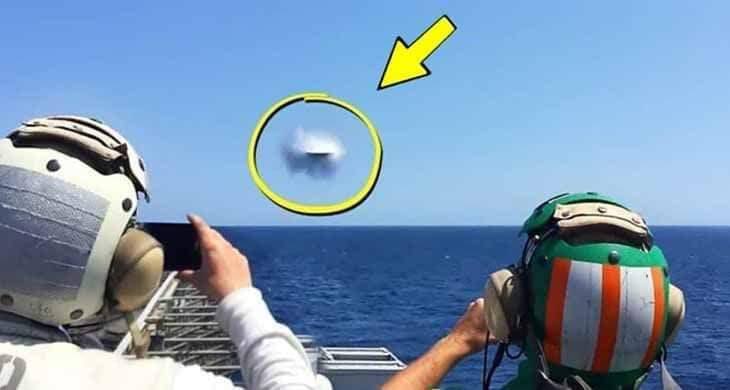Trainers are no longer allowed in the water with orcas following a harrowing event that took place in 1987. Joanne Webber, who was 26 at the time, had dedicated five years to training these majestic creatures when a tragic accident occurred. During a training session, a 6,000-pound orca named Kandu V landed on her, causing her to break her neck.
Kandu V, known for his volatile behavior, had previously been involved in several incidents before the one that injured Webber so severely.
John Hargrove, a former SeaWorld trainer who appeared in the 2013 documentary Blackfish, shared with The Sun Online that although he wasn’t working at SeaWorld during the incident, he learned about it later. He recounted that Webber experienced excruciating pain and screamed, “I believe my neck is broken,” while desperately trying to get out of the pool to save herself.

As reported by The Los Angeles Times, Kandu V leapt into the air and came crashing down on Webber with tremendous force during a practice session. The impact caused her neck to fracture, and she was thrust to the bottom of a 40-foot-deep pool. Following this tragic event, Webber sued SeaWorld, reaching an out-of-court settlement for an undisclosed amount. Since then, SeaWorld has banned trainers from swimming with orcas.
SeaWorld has since emphasized that their killer whales receive excellent care from specialists who use positive reinforcement techniques, insisting the mammals are not inherently aggressive.
In June 1988, Webber filed a lawsuit at the San Diego Superior Court. She argued that she was assured the orcas were “gentle” and “safe,” which was why she chose to be in the water with them. Additionally, the suit claimed that the staff exacerbated her injury by advising her to remove her wetsuit at the park, thus delaying her medical treatment to avoid damaging the suit.
Webber also accused the park employees of knowing full well that killer whales had a dangerous tendency to attack, ram, drag, and harm people in the water, yet they failed to inform her. She noted that Kandu V often displayed extreme aggression when frustrated, biting and aggressively raking other whales.
There had been previous incidents involving Kandu V attacking humans. Prior to Webber’s ordeal, former SeaWorld trainer Jonathan Smith was also attacked by Kandu V and another orca named Kenau. That attack lasted three minutes and left Smith with severe injuries, including bruised kidneys and ribs, and a cut on his liver, resulting in a nine-day hospital stay. Like Webber, Smith’s lawsuit was settled out of court.
Despite these attacks, Kandu V continued to perform at SeaWorld until her own tragic death on August 21, 1989. During a performance, Kandu V’s daughter Orkid was joined by another female orca. Suddenly, Kandu V, who was in a separate pool, charged towards Orkid with her mouth wide open, breaking her own jaw and severing a major artery in her nasal passages in the process.
To the shock of visitors, Kandu V began spouting blood from her blowhole and subsequently died. SeaWorld described the incident as a struggle for dominance, noting that such behavior is common among species, where the stronger animal must assert dominance for survival. Vet Jim McBain elaborated that while Kandu V’s death was unexpected, the altercation itself was a normal occurrence.
In 2016, SeaWorld made a significant commitment to end the breeding of orcas in captivity.





